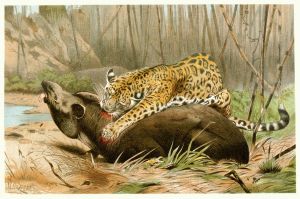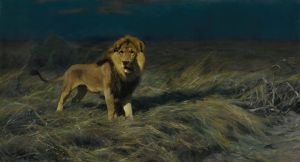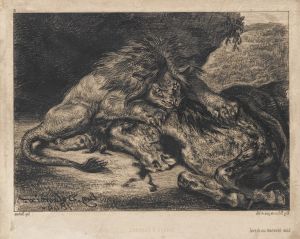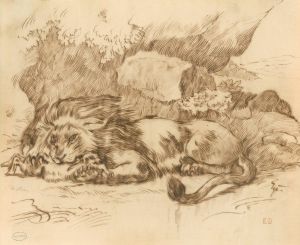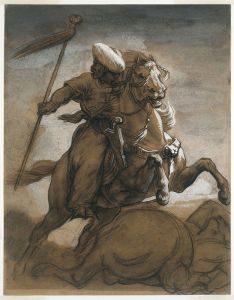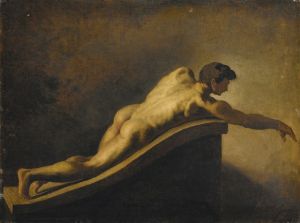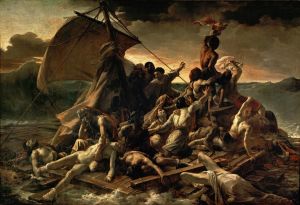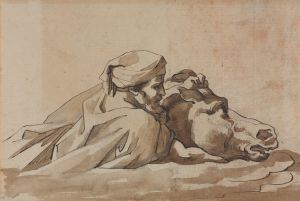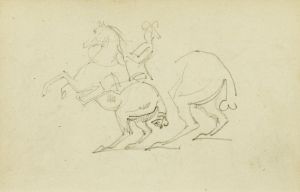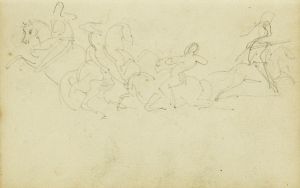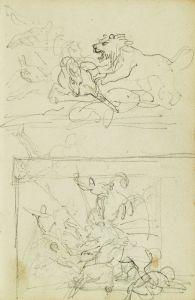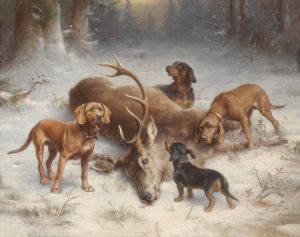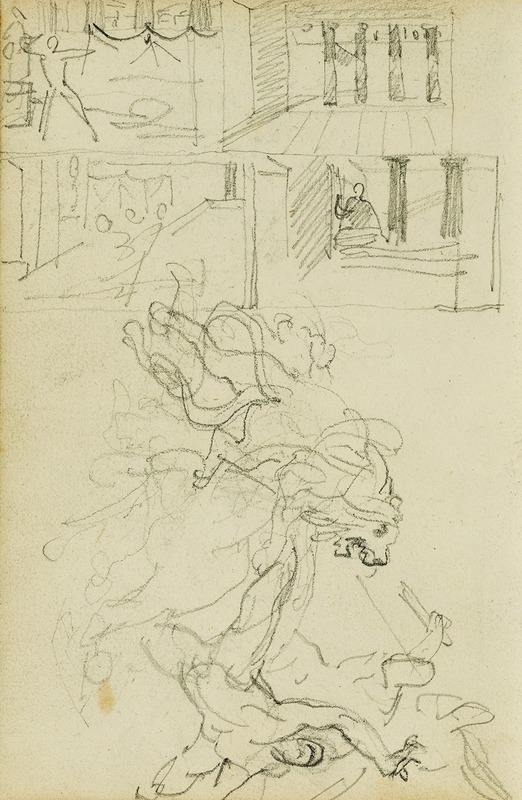
Two compositional studies of a lion hunt
A hand-painted replica of Théodore Géricault’s masterpiece Two compositional studies of a lion hunt, meticulously crafted by professional artists to capture the true essence of the original. Each piece is created with museum-quality canvas and rare mineral pigments, carefully painted by experienced artists with delicate brushstrokes and rich, layered colors to perfectly recreate the texture of the original artwork. Unlike machine-printed reproductions, this hand-painted version brings the painting to life, infused with the artist’s emotions and skill in every stroke. Whether for personal collection or home decoration, it instantly elevates the artistic atmosphere of any space.
Théodore Géricault, a prominent French Romantic painter, is best known for his dynamic and emotionally charged works that often depict dramatic and intense scenes. Among his lesser-known works are the "Two Compositional Studies of a Lion Hunt," which showcase his interest in the raw power and ferocity of nature, as well as his fascination with the theme of the hunt, a subject that has appeared in art across various cultures and time periods.
These studies, executed in the early 19th century, are preparatory works that reflect Géricault's meticulous approach to composition and his deep engagement with the subject matter. The pieces are believed to have been created as part of his exploration of animalistic energy and the human struggle against the forces of nature, themes that align with the Romantic movement's emphasis on emotion, drama, and the sublime. The studies depict scenes of lions in combat with hunters, capturing the tension, movement, and violence of the encounter.
Géricault's interest in such themes may have been influenced by his admiration for earlier masters, such as Peter Paul Rubens, who also depicted lion hunts in his works. The dynamic compositions and dramatic use of light and shadow in Géricault's studies suggest his intent to convey the intensity and chaos of the hunt. These preparatory studies also demonstrate his skill in anatomical accuracy, as he meticulously rendered the muscular forms of both the lions and the human figures.
The "Two Compositional Studies of a Lion Hunt" are not as widely recognized as Géricault's major works, such as "The Raft of the Medusa," but they provide valuable insight into his artistic process and thematic interests. These studies are typically regarded as part of his broader body of work that explores the interplay between humans and nature, as well as the Romantic fascination with untamed forces.
The exact location of these studies today is not widely documented, and they may reside in private collections or less prominent museum holdings. Despite their relative obscurity, they remain an important part of Géricault's oeuvre, reflecting his commitment to capturing the drama and vitality of life through his art.





